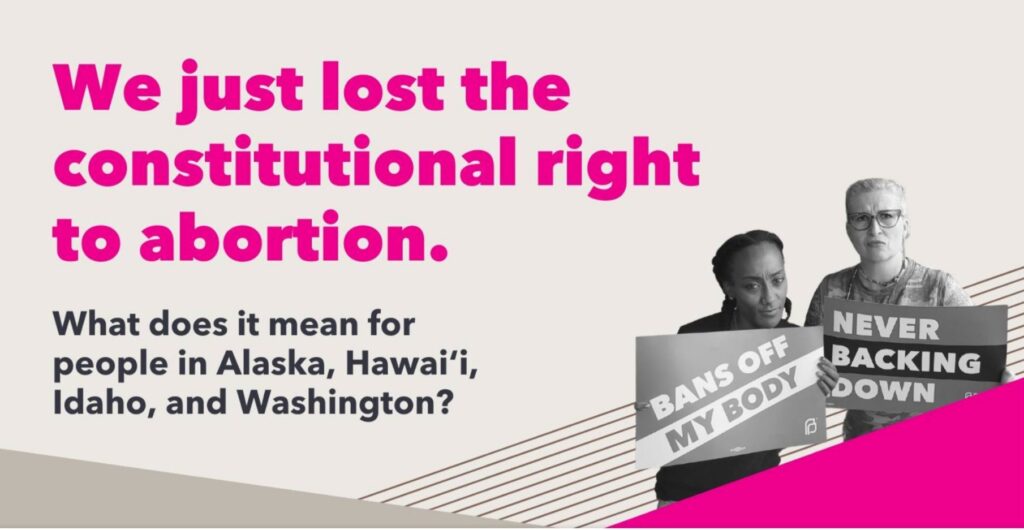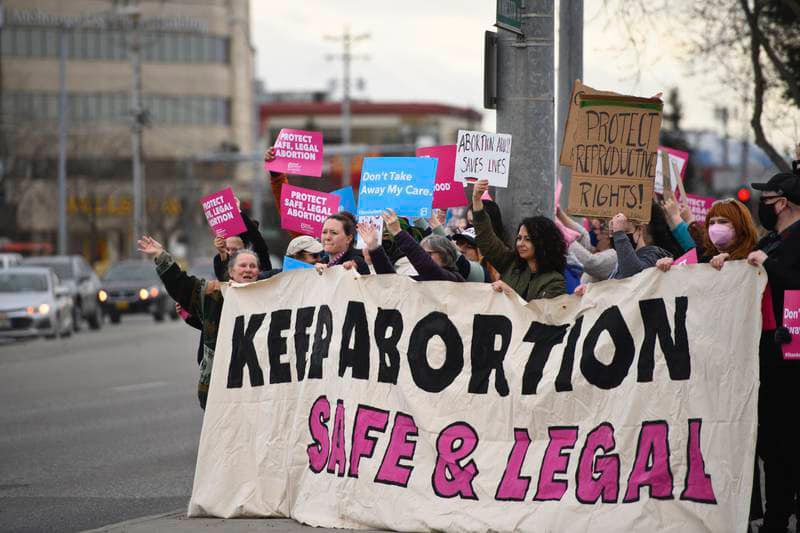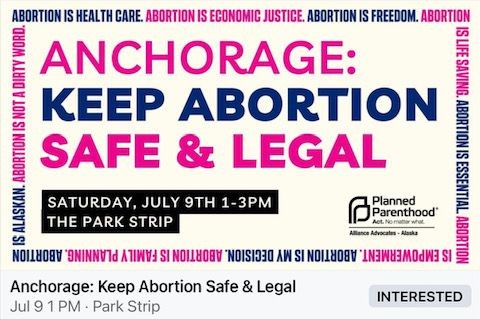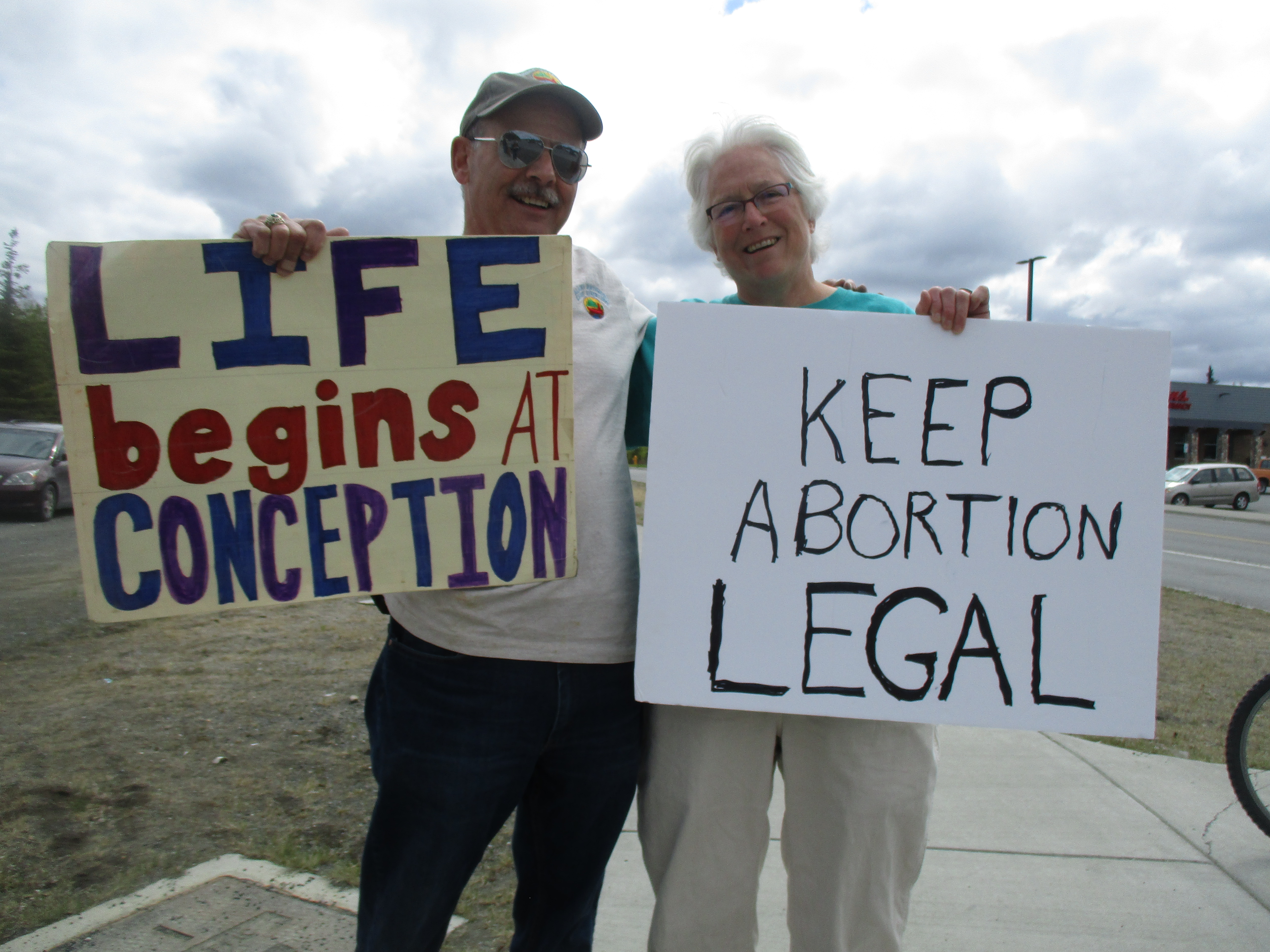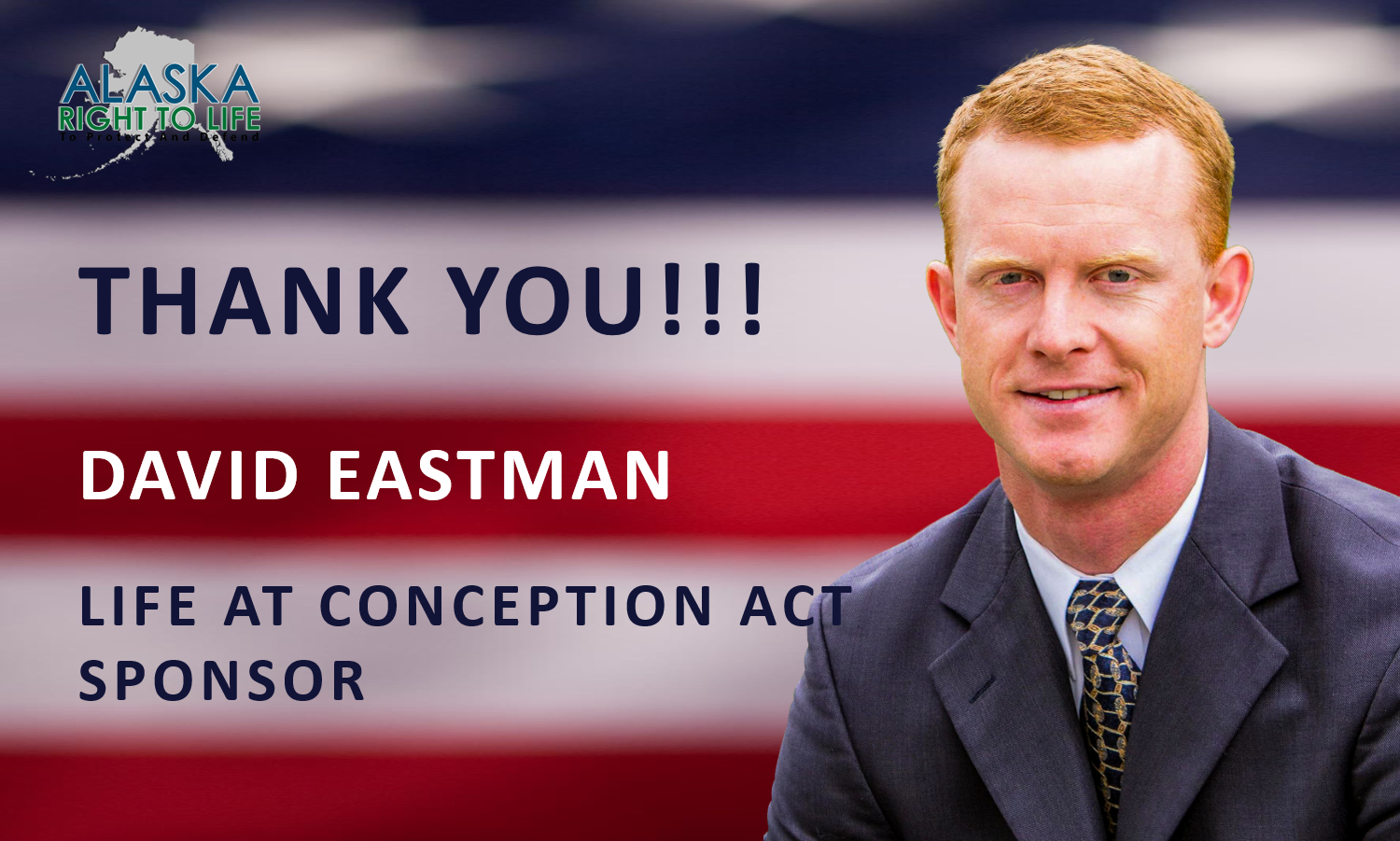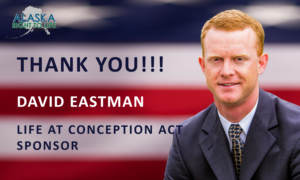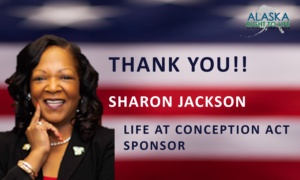WHEN THEY’RE NOT NICE
If you’ve ever talked with an abortion proponent, you know their arguments are usually very poor – at best.
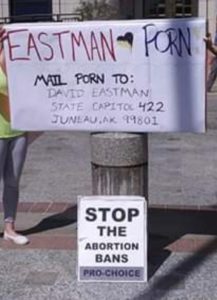 Here we see they’ve skipped the rape, incest, bodily autonomy and ‘keep the government out of my uterus’ and gone full Alinsky in this attack on David Eastman.
Here we see they’ve skipped the rape, incest, bodily autonomy and ‘keep the government out of my uterus’ and gone full Alinsky in this attack on David Eastman.
Saul Alinsky was one of the very first – and most radical – community organizers. He’s the author of “Rules For Radicals,” the 1971 “Pragmatic Primer for Realistic Radicals,” in which he dedicates his book to “the very first radical…Lucifer.”
The personal attack on political opponents was Radicals 101 for Alinsky, and we see his students employing this most basic attack on David Eastman, who has the faith, integrity, and courage to stand alone time and again for children waiting to be born in Alaska.
Support David by filling his phone, email, and mailbox with letters of encouragement, care and concern. We have only begun the battle for children at risk of abortion here in Alaska. The hate and disparagement that David – and any of us who take a public stand against abortion will only increase.
(907) 465-2186 or (907) 272-1842
Representative David Eastman
State Capital Room 422
Juneau, AK 99801
600 E Railroad Ave
Wasilla, AK 99654
THE SOLUTION TO ALASKA’S ABORTION LAWS
MUST COME FROM ALASKA
The solution to Alaska’s abortion laws is in the Alaska Life At Conception Act, HB 178.
The Life At Conception Act was introduced the same day Alabama signed their bill into law.
The Life At Conception Act is a comprehensive bill that eliminates child killing in Alaska from the moment of conception without exception to the child’s age, level of development, disability, sex, nature of conception, or any other distinguishing characteristic.
The Life At Conception Act protects all innocent human life from the moment of conception to natural death by addressing several points in Alaska’s Constitutional and Statutory Laws:
- Defines children in the womb from the moment of conception as ‘natural persons.’
- Defines conception as the beginning of the biological development of a human organism, when the sperm and egg fuse.
- Eliminates abortion access from the right to privacy, as found in Article 1, Section 22 of the Alaska State Constitution.
- Defines abortion as the action taken before or during the birth of a child with the intent to kill the child.
- Repeals Alaska’s abortion laws and statutes, primarily Alaska Statute 18.16.
- Creates criminal penalties for any intentional killing of a child at any age equivalent to negligent homicide, murder, or any other intentional killing of a person.
ALASKA’S ABORTION LAW SOLUTION IS
THE LIFE AT CONCEPTION ACT OF 2019
Read the bill, sign the petition, and donate to bring an end to abortion in Alaska.

A BIRD’S EYE ON ABORTION PROTESTS
Bob Bird is a long time friend of Alaska Right to Life, a Constitutional Scholar and Pro-Life leader. Bob has influenced pro-life ministry, activism, and legislation in Alaska for decades.
In this article, you’ll see why Bob is so respected: it takes a kind heart, wisdom, and a gentle answer to make friends with folks who oppose us on an issue as difficult as our mission to end abortion in Alaska.
Bob reminds us that we don’t war against flesh and blood, but for the souls and lives of real people – just like the one we see here with Bob.
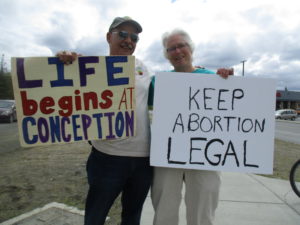 Prolifers met at the Y in Soldotna May 21 to have a counter-presence for the nation-wide support for abortion. Not knowing what to expect, and fearful of ranting and screaming abortion promoters, I wanted to keep myself a good distance away.
Prolifers met at the Y in Soldotna May 21 to have a counter-presence for the nation-wide support for abortion. Not knowing what to expect, and fearful of ranting and screaming abortion promoters, I wanted to keep myself a good distance away.“The basic fact is simple:
life begins… at conception.”
Ashley Montague, Geneticist and Professor at Harvard and Rutgers Universities
The LIFE At Conception Act is a comprehensive bill that eliminates legalized child killing in Alaska from the moment of conception without exception to the child’s age, level of development, disability, sex, nature of conception, or any other distinguishing characteristic.
The LIFE At Conception Act protects all innocent human life from the moment of conception to natural death by addressing several points in Alaska’s Constitutional and Statutory Laws:
- Eliminates abortion access from the right to privacy, as found in Article 1, Section 22 of the Alaska State Constitution.
- Defines children in the womb from the moment of conception as ‘natural persons.’
- Defines conception as the beginning of the biological development of a human organism, when the sperm and egg fuse.
- Defines abortion as the action taken before or during the birth of a child with the intent to kill the child.
- Repeals Alaska’s abortion laws and statutes, primarily Alaska Statute 18.16.
- Creates criminal penalties for any intentional killing of a child at any age equivalent to negligent homicide, murder, or any other intentional killing of a person.
It took years to find and develop partnerships all across America and Alaska to bring The Life At Conception Act to the Alaska Legislature in 2017 for the first time.
Today, the Life At Conception Act has been introduced for the second time by David Eastman, Representative of District 10 in the Mat-Su Valley. David was joined by Sharon Jackson, Representative of District 13 in Eagle River.
We’re grateful to both Mr. Eastman and Mrs. Jackson and look forward to working closely with them to make abortion in Alaska illegal and unthinkable.

https://alaskarighttolife.org/life-at-conception-act-2019-sponsors/

